Inventing history with Mabel O. Wilson
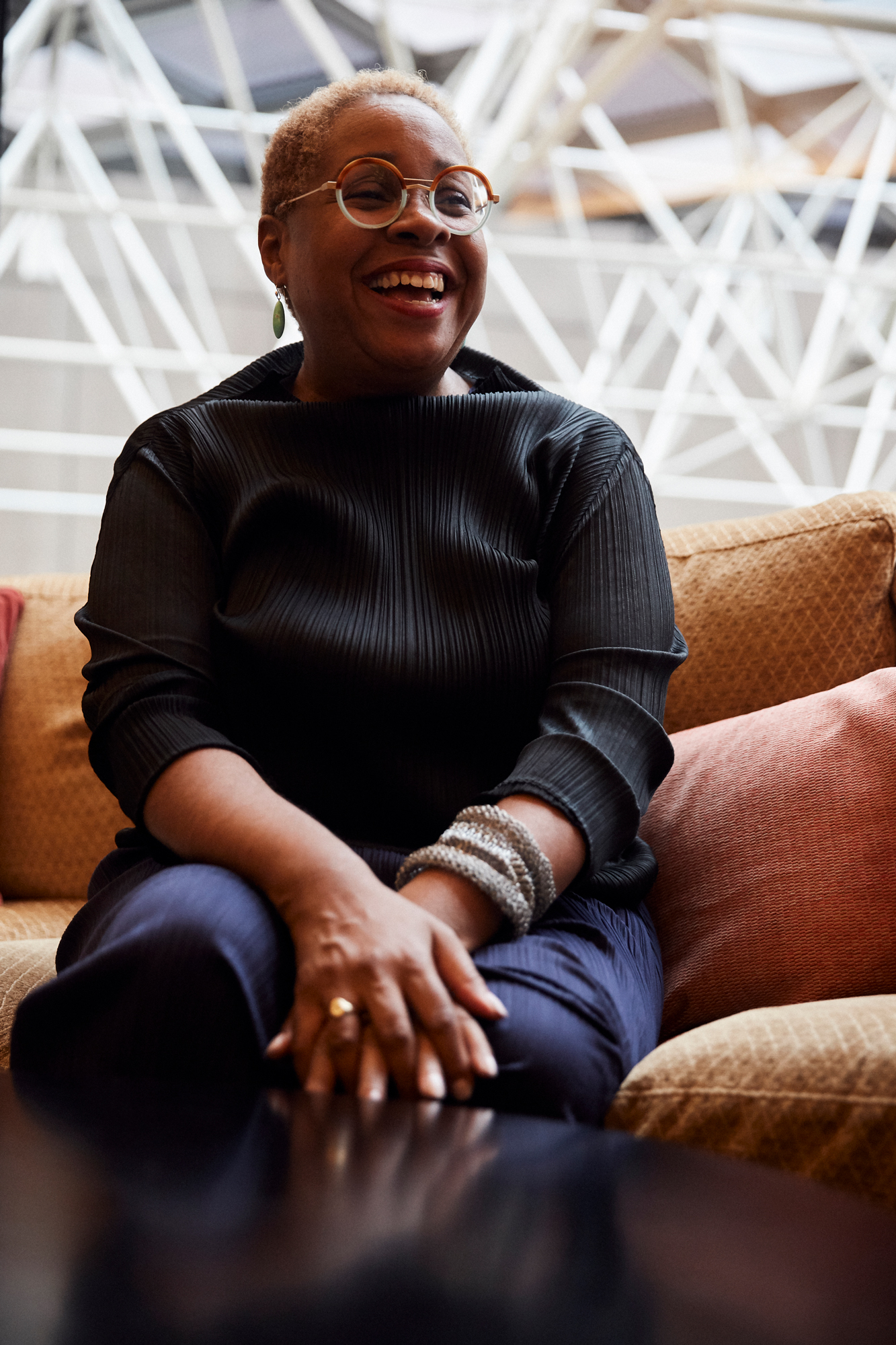
There are few people working on questions of race and the built environment – Mabel O. Wilson is at the forefront of this topic. She’s a Professor of Architecture at Columbia University and Associate Director at the Institute for Research in African American Studies. Nina Tory-Henderson sat down in conversation with Mabel, after her presentation at the 2019 Living Cities Forum, to talk about architecture’s role in the struggle for a just world.
Mabel O. Wilson is a New York–based designer, academic and activist exploring issues of race and the built environment, with a focus on politics and cultural memory in black America. At Columbia University’s Graduate School of Architecture, Planning and Preservation (GSAPP) she is a professor of architecture, associate director at the Institute for Research in African American Studies and co-director of Global Africa Lab (GAL). GAL was awarded an American Academy of Arts and Letters Architecture Award this year, where the jury said that its work “reminds us that architecture and design can and should be a participant in the struggle for a just world”.
In this struggle for a more just future, Mabel turns to the past. In contrast to Western modernism’s universal ‘progress’, which masked and eradicated histories, Mabel calls for a direct confrontation with our murky present–past; in order to realise a more equal, just society we first need to face our difficult histories. It is a project where the reality of our past and present become the very material through which we imagine our futures. We met with Mabel after her lecture ‘Future Reckoning’ at the 2019 Living Cities Forum, to discuss history, race and reckoning.

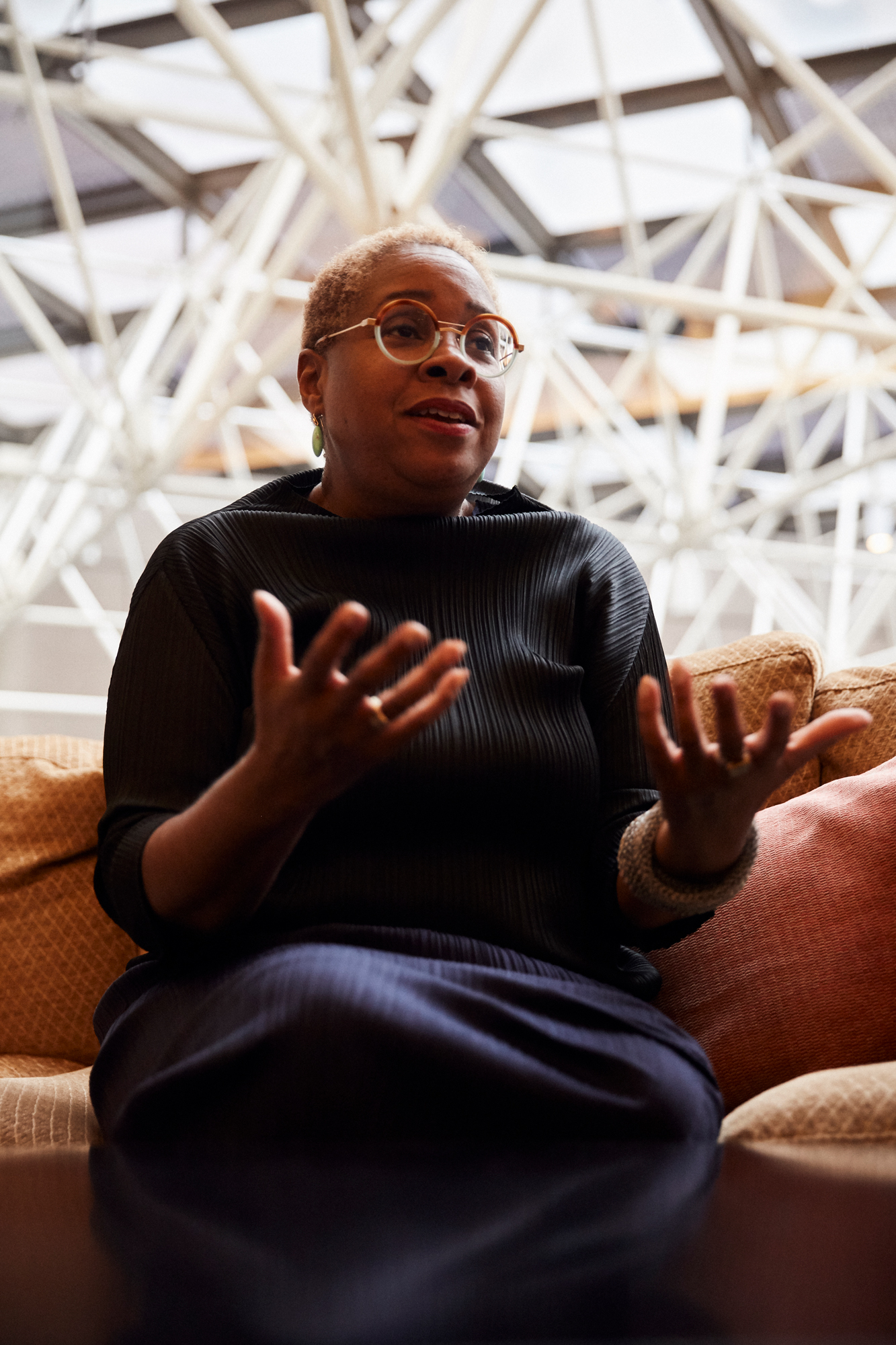
Nina Tory-Henderson
As a trained architect and cultural historian who undertakes scholarly, advocacy and design work, could you talk about what binds your ways of working together and how you came to work in such diverse ways?
Mabel O. Wilson
Architecture is already multi-disciplined. You have to deal with so many things just in the logistics of putting a building together – I feel I’ve been able to adapt that multi-disciplinary training to other kinds of work. I still work on architectural projects, but it’s been a while since I’ve been involved in the nuts and bolts of building, which I miss. There are so few people working on questions of race and the built environment that it has become the consuming topic in my work.
I’ve been interested in race since I was an undergraduate in architecture, but at the time there was no way for me to conceptualise how to work on those issues. I think that to write and work on issues around race and its history you have to work across disciplines. Western history is narrow and problematic. So how do you deal with this problematic archive of colonialism or the archive of slavery? You have to invent new ways of working and new ways of looking at things. I feel like my practice has been invented in order to be able to work on the things that I do.
I knew that I was always going to be operating at the margins, that I wasn’t going to be in the mainstream of the field. I ended up in academia and realised that that was one way for me to do the kind of work I have been doing. Projects like Who Builds Your Architecture? (WBYA?) have given me ways of getting these ideas out there, to diversify the ways in which I work.
Inequalities are baked into history through erasure, through silences, through histories that have been removed.
NTHRace and history are a thread that binds your ways of working together. Could you expand on the relationship between the two?
MOWWe think of history as natural – we think we have to have a history – but history is invented. Which isn’t to say that there isn’t something called a past, and that people don’t have ways of understanding past-ness, but history – in the particular Western framework – is problematic, already productive of racial difference and racial hierarchies. Hegel’s introduction in ‘Lectures on the Philosophy of History’ is a kind of geo-politic of civilisation, where Africa has no history – claiming history isn’t possible or historical consciousness is not possible in Africa.
Inequalities are baked into history through erasure, through silences, through histories that have been removed. For example, at the University of Virginia we know almost nothing about the enslaved – over 4,000 people, with little to nothing known about them. At the same time, there’s this view that we can’t remove a statue of Thomas Jefferson, who we know almost everything about – that’s what I mean about the inequalities being baked into our way of understanding history.
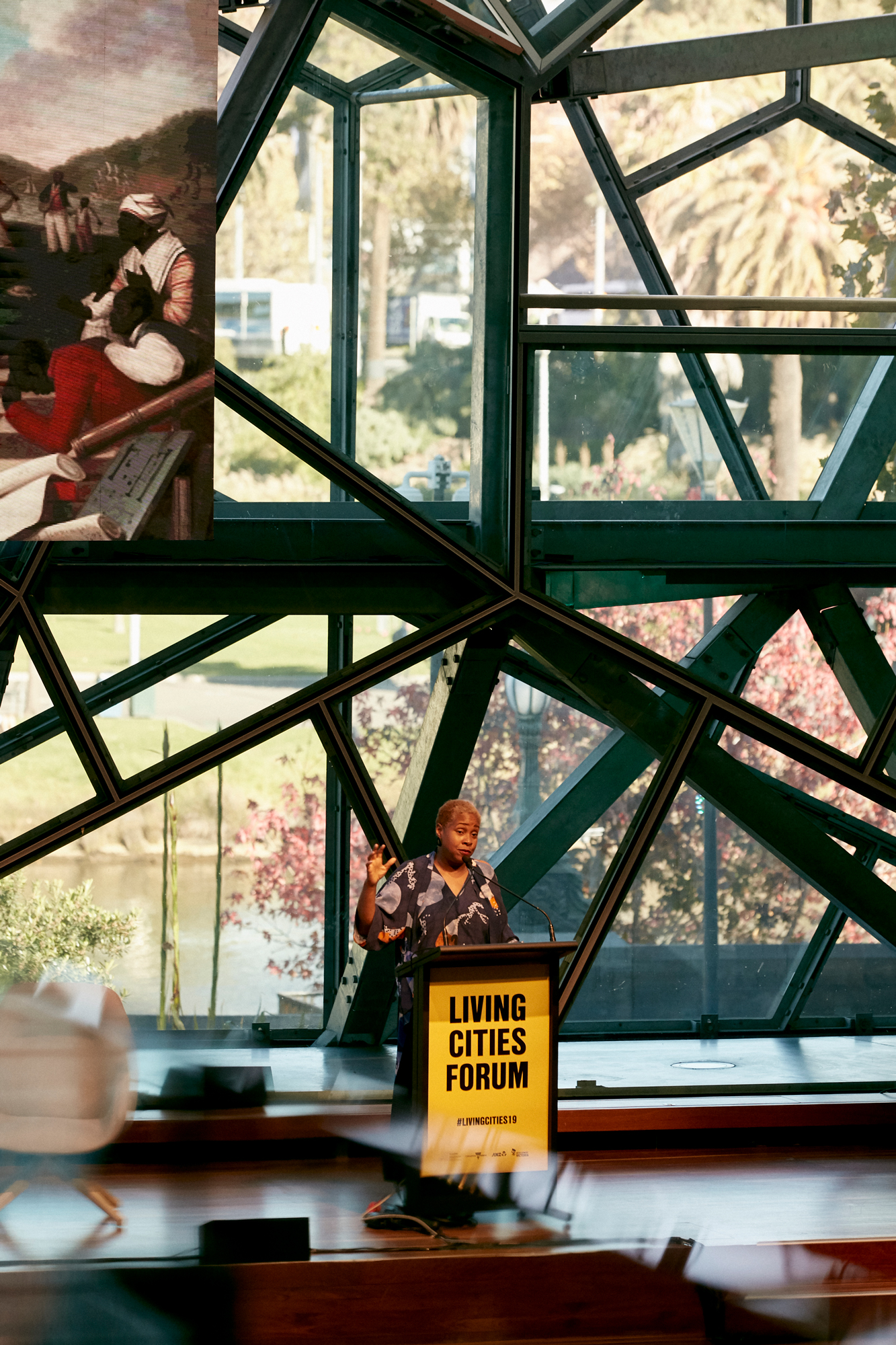
NTHArchitectural history is problematic in the same way: it is a selection, a construction, a curation of some history and not others.
MOWThere’s the history of the profession and then there’s the history of architecture. I always say that ‘architecture’ is the Western, European art of building, via Vitruvius, via Alberti. People have built everywhere, all of the times, all over the world. There is always building. But architecture is a very specific set of practices. When its historians started building taxonomies and organising, only some cultures were written into the history of architecture. You have Greek, Roman, Gothic, Renaissance, Baroque and then something called Modern. So you build a vertical history, and then there’s all this other ‘ethnic stuff’ that’s to the side. The production of the discipline of architecture is already building hierarchies of cultural – hence also racialised – differences.
One of the canonical essays of architectural history, ‘Ornament and Crime’ by Adolf Loos, is laden with really problematic colonial language. It’s a narrative of racial progress, but it’s never read that way; architects don’t read that at all. It’s the birth of the pure, white, ornament-less form that Loos was famous for, but no-one understands that its conceptualisation is based on a rationality of white superiority.
There’s also the emergence of the discipline in and of itself. Bryan Norwood is a scholar looking at the formation of the American Institute of Architects and the professionalisation of architects. In the profession’s own discourse, in Norwood’s research, the architect is specifically racialised as white and Protestant. This impacts who goes into the field, which is one of the whitest and least diverse in the US.
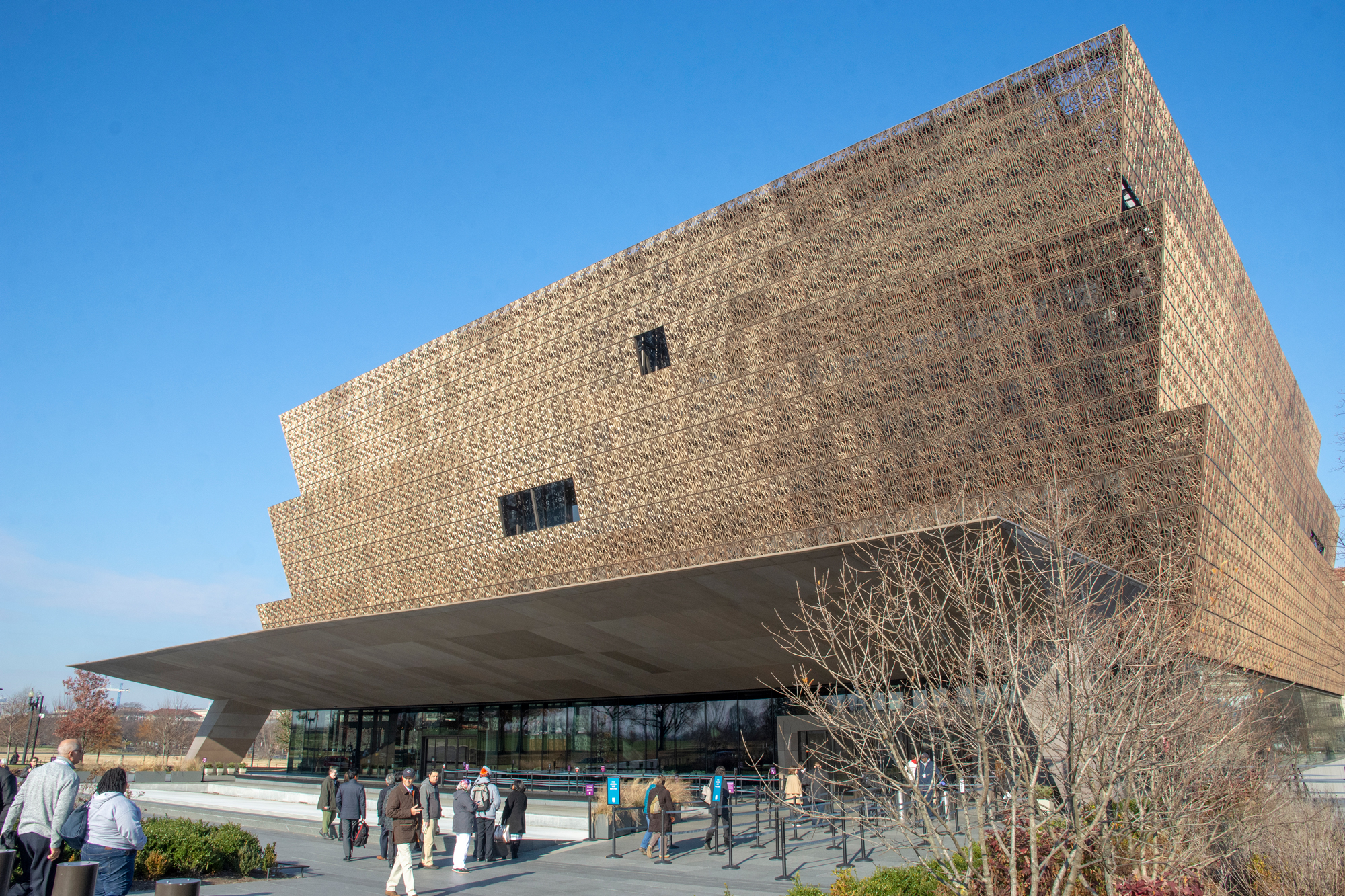
NTHMuch of your design and research focuses on monuments and museums. Could you talk about how they play a part in these inequalities within historical narratives?
MOWIf you look at the Smithsonian Museum, an institution that established American history, it didn’t collect anything by black people at all, nothing, until maybe the mid-20th century. When there was a push to do an African American museum in the 1960s, they didn’t have anything to put in it! How were they going to have a museum when they deliberately didn’t collect anything; when they deliberately omitted a history?
But on the other hand, as part of its formation in the 19th century, the Smithsonian developed an archaeology and ethnography of the continent, to try and understand who the indigenous populations were. The museum sent out scientists with military parties (who were staking out land for railroad and telegraph) to collect every ‘primitive’ artefact possible. So, when the Native American Museum was launched, they had more than was needed for the museum! They had had to understand who had been here first, in order to build the myth of the nation in formation. So, on the one hand you want to construct the myth of the ‘primitive’, but on the other you deny a history of the African American. Part of the project of the Smithsonian was creating a racialised historical narrative.
NTHAnd monuments?
MOWMonuments mark histories and claim power. They are a historical form, adapted by Western societies, particularly nation-states, as ways of expressing collective values; so, they have a lot of purchase in the public sphere. However, they are often exclusionary, gendered and racialised. In New York City, I contributed to a public commission called She Built NYC to point to the absence of place names and memorials dedicated to women in the city. How do you rectify that? How do you reckon with that? Who has the power?
NTHYes, what are the new forms of collective memory and representation when we move beyond the modern Western monument?
MOWThe example of the Ngurrara Canvas (see interview with Adrian Lahoud) shows that there are other ways of representing land and history. Alternative forms do exist, but the question is: when does an alternative representation rise up to recognition? ‘Recognition’ meaning it has some kind of validity and value in a mainstream political, social and cultural arena. That’s difficult: these systems are inherently unequal, because they are conceptualised to be so. It could be productive to try and push those systems, maybe even tear them down.
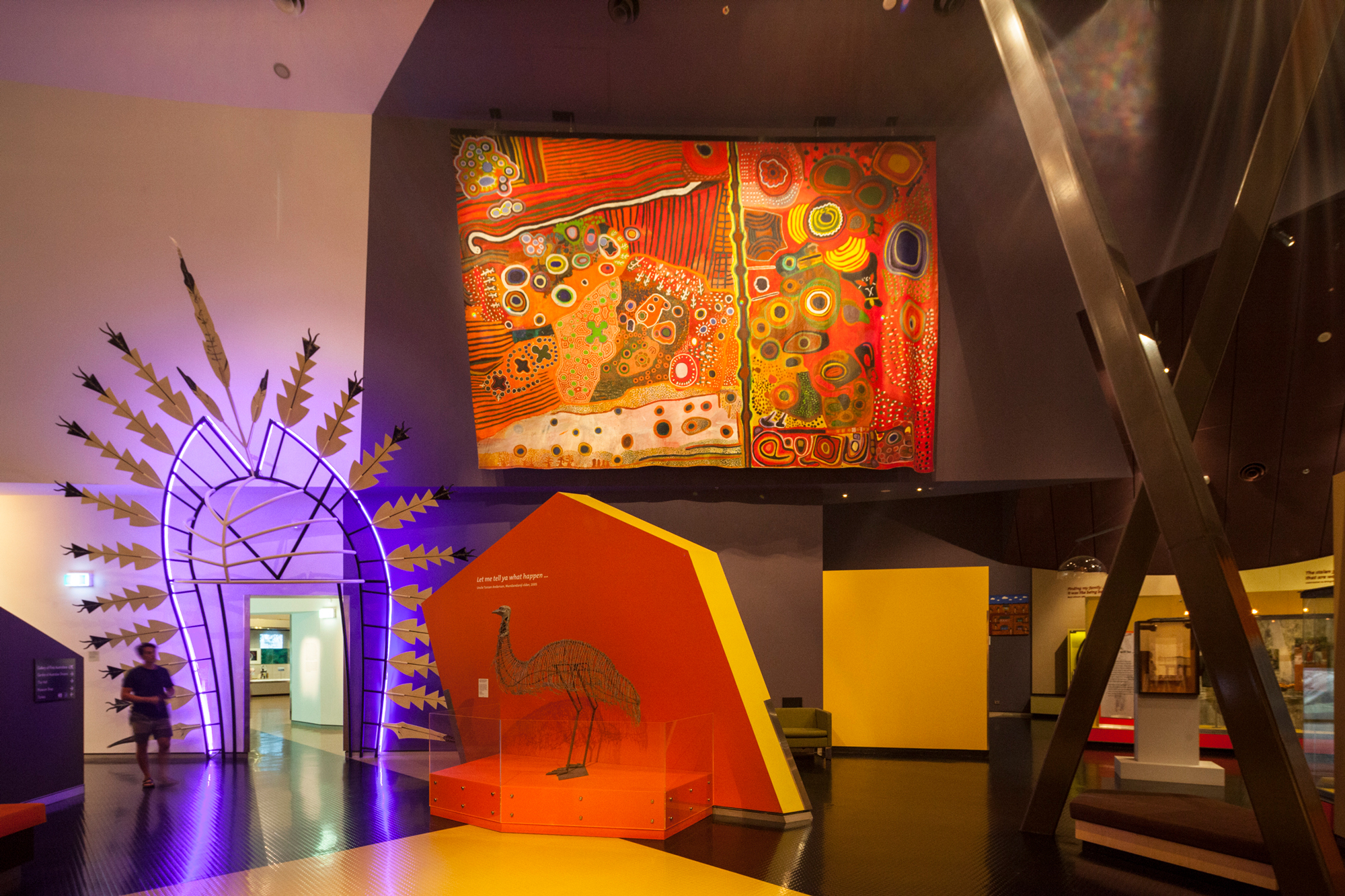
A big warm thank you to Mabel for chatting with us after her lecture at the Living Cities Forum, and to Nina for crafting this piece. This article also appears in our print issue #12: (Future) Legacies – copies are available all summer at MPavilion!